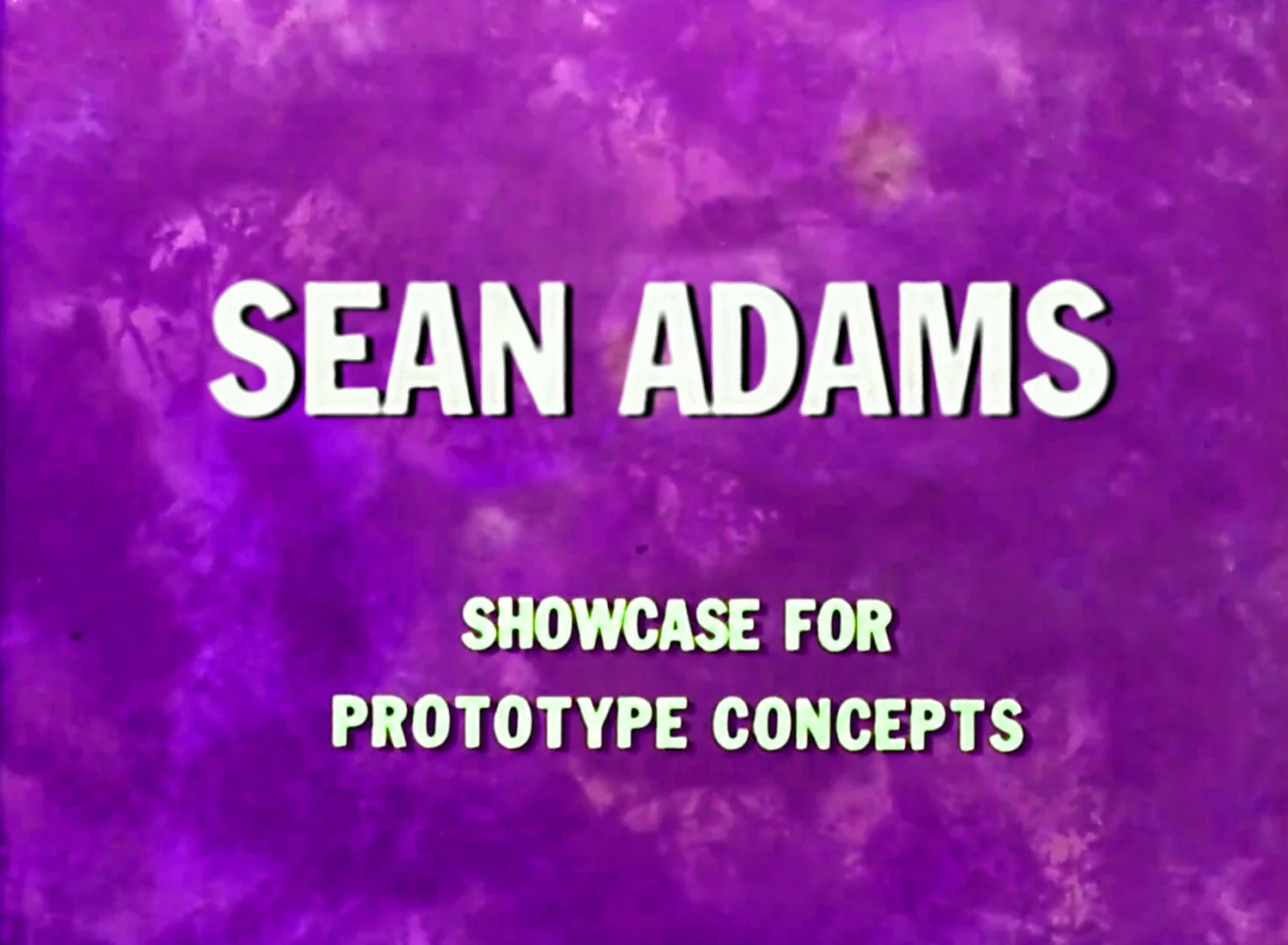When Little Things Hurt
The Smart Car is surprisingly large on the inside, but terrifyingly small outside. I’ve heard that it is safe because it will behave like a ping-pong ball in an accident. That doesn’t sound safe to me. Noreen enjoys it, but I suspect she likes being morally superior to me. I drive a giant car. Yes, I know, I’m bad. I’m evil. I’m going to hell. Got it.
If the Smart Car is like a ping-pong ball, the BMW Isetta was a death bubble. It’s cute as all get out, but that front door that opened forward is scary. You have a minor rear end collision with the car in front of you. The door won’t open out and the car blows up. You drive into a lake. It’s impossible to get leverage to open the front door. You drown. A Volkswagen beetle gently bumps into you. You slam into a wall. There are no airbags or seatbelts. Bad.
Nevertheless, the BMW Isetta looks wonderful. In 1955, BMW needed a profitable car. The BMW 502 was three times the standard wage in Germany, so not a big seller.
The Italian scooter manufacturer Iso was producing the Isetta (literally, "little Iso"). It looked like a tiny mobile egg. The entire front end of the car hinged outwards to open. Oddly, the driver and passenger were expected to escape through the canvas sunroof in the midst of an accident. It wasn’t too speedy. The Isetta took over 30 seconds to reach 30mph. BMW took over the manufacturing rights and launched the Isetta in 1955. The Isetta fit a tight post-war European economy. It got 60 mpg, and BMW increased the top speed to 50 mph. It was small and could fit on Europe’s smaller streets.
In 1964, BMW ceased production. Europe’s economy had recovered, and there was a need for larger cars. Now that everyone has a hankering for small electric cars, perhaps it’s time to bring it back. This time without the opening in front of the passenger, and a giant steering wheel death column.

